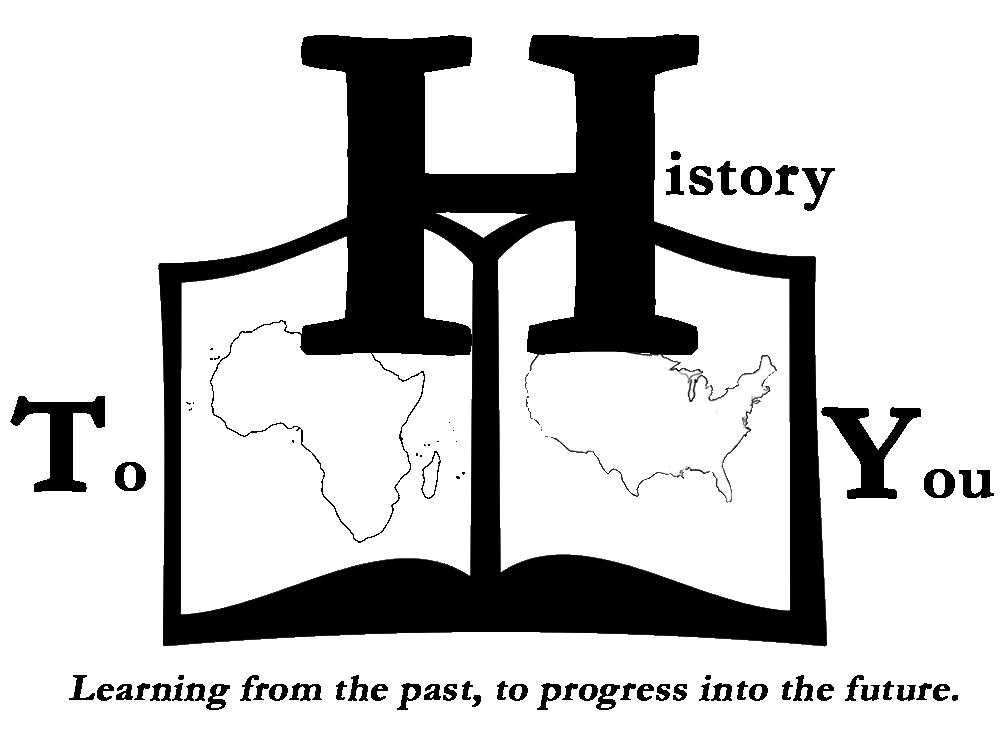
Courses/Lectures
Each of the 34 courses available can be enrolled in individually, or in packages. Each course is an approximately 1-hour session that consists of the opportunity for the students to interact with the associated artifacts, and a discussion exercise tailored for your specific class in accordance with your teacher's curriculum/recommendations. If the Course List below doesn’t fit your needs, we can work together to develop the presentation you desire – from control of the discussion topics to selection of items to be presented.
Biographies of Ex-Slaves
To read their words is to see their lives through their eyes - the pains, the fears, the struggles, and the thirst for freedom. This course allows participants to see in person over a dozen first and early edition biographies many written by the former slaves themselves. From these, we are able to recount their experiences as they recalled them - without having to rely on historians or anyone else.
Artifacts: Slave biographies of: Lewis and Milton Clarke, Charles Stewart, Thomas Johnson, Peter and Vina Still, Elizabeth Keckley, Josiah Henson, Charles Ball, Lunsford Lane, Charles Bowles and John Thompson, other relevant items




The Biography of Charles Stewart, A Former Slave - Published in Harper's New Monthly Magazine in 1884, Stewarts story is one the speaks to the potential of the slave, if only afforded the opportunity. As a slave he learned how to work with horses, and was eventually put in charge of his owner's racing. This took Stewart traveling throughout the South, especially in Kentucky. Without knowing how to read or write, he trained, managed, and raced his owners horses, bringing back the earnings to his owner. We will never know how successful Charles could have been on his own as a horse breeder and racer, but his story demonstrates that, if given the chance to learn a skill or trade, slaves could be just as successful as anyone. Here have the published account of his life from 1884, part of the collection of Slave Biographies.
Behind The Scenes, The Story of Elizabeth Keckley - Born Elizabeth Hobbs in Dinwiddie County, Virginia, in 1818, she began her life as the slave of Colonel Armistead Burwell. At 14, she was sent to live with Burwell's oldest son, where she was beaten repeatedly and raped, giving birth to her only son George as a result. She was then sent back to Virginia to live with her master's daughter Ann Garland. The Garland family moved from Virginia to St. Louis, Missouri, and Elizabeth came with them. In St. Louis, she began working asa seamstress and dressmaker - helping to support the Garland family. Her popularity as a dressmaker grew, with Elizabeth being able to count some of St. Louis' elite among her patrons. Here she married James Keckley, whom she had known from her time in Virginia. The two were married, and after saving $1,200, Elizabeth's freedom was purchased from the Garland family. However, James was not free as he told Elizabeth, and the pair separated due to his problems with alcohol. Elizabeth left James in St. Louis and moved to Washington, D.C., where serve as a dressmaker for many Washington elite - including the wife of Jefferson Davis. When she became the personal assistant to First Lady Mary Todd Lincoln, Keckley was able to provide the Lincolns with information she heard amongst the Confederate leadership. She was very active in the free Black community of Washington, founding and serving as president of the Contraband Relief Association. Later in life, she took a position as head of the Department of Sweing and Domestic Science Arts at Wilberforce University. She died in May of 1907, in Washington D.C. A purple velvet gown designed and made by Elizabeth that was worn by Mary Todd Lincoln at her husband's second inaguration is still on display at the Smithsonian's American History Museum.
